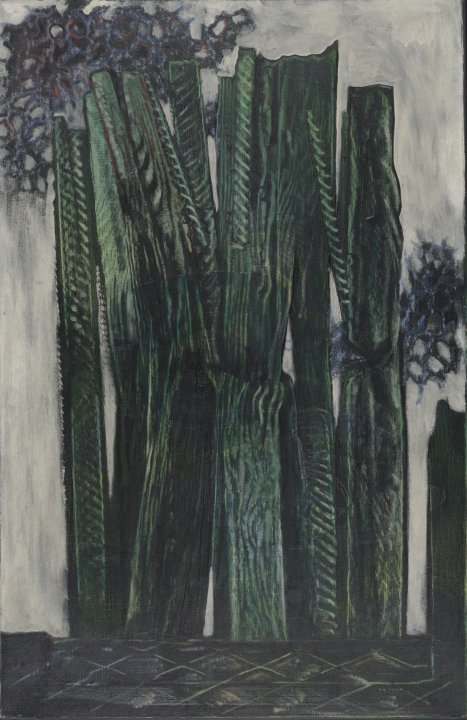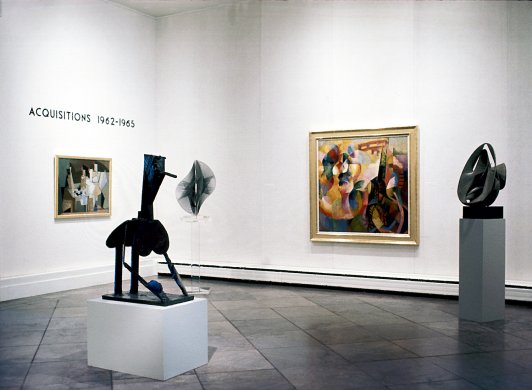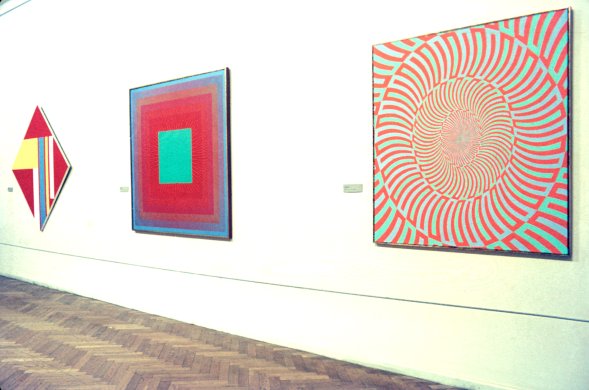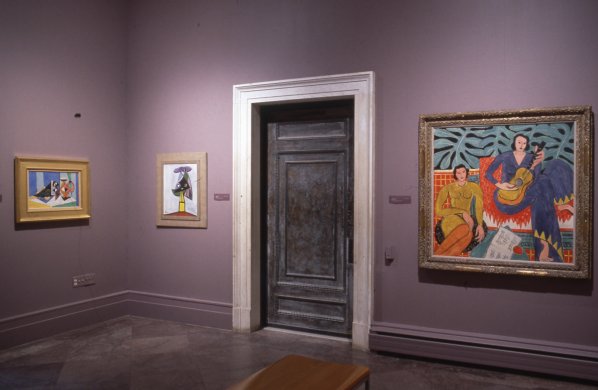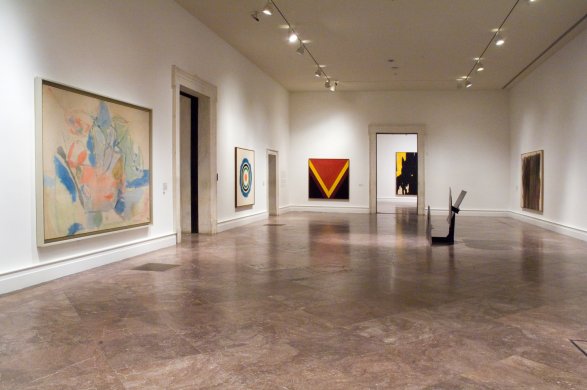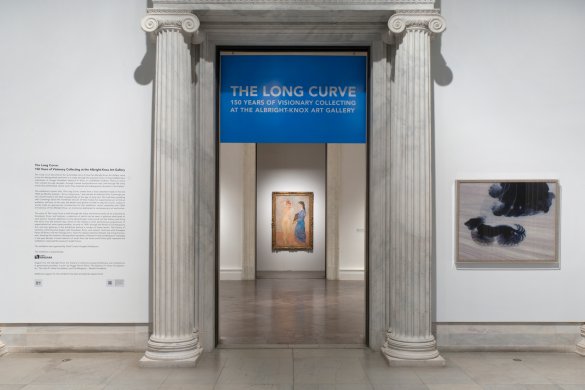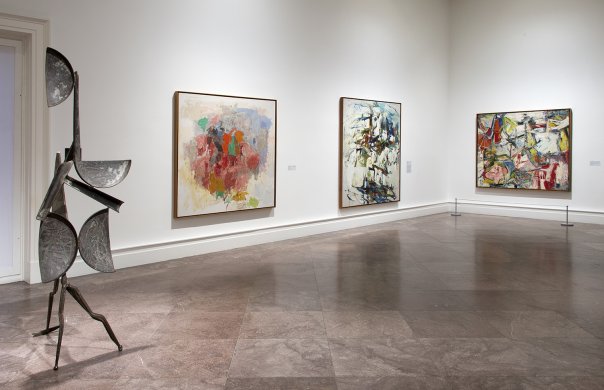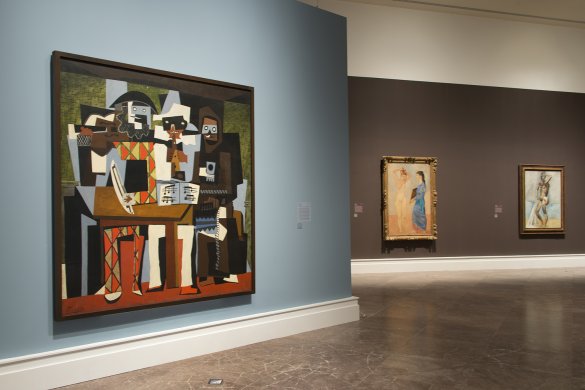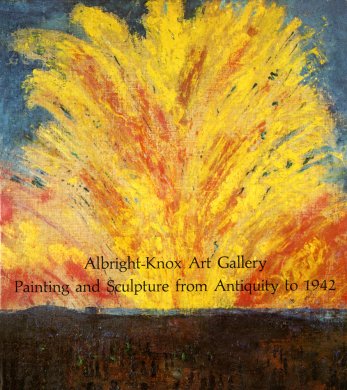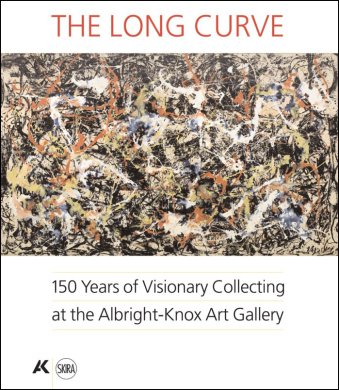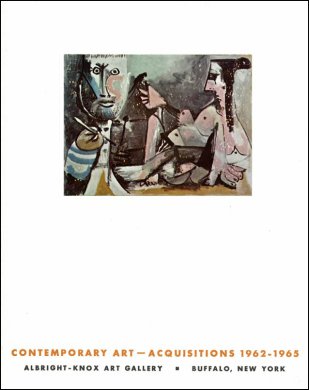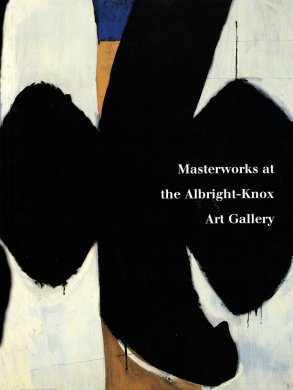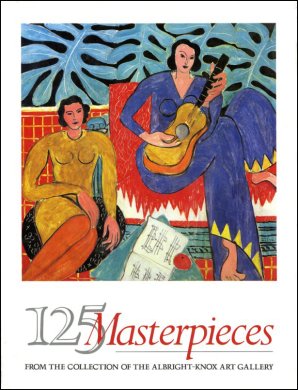Max Ernst
German, 1891-1976
Époque des forêts (Age of Forests), 1926
Artwork Details
Currently on View
Collection Highlight
Materials
oil on canvas
Measurements
support: 36 1/8 x 23 1/2 inches (91.76 x 59.69 cm); framed: 46 1/4 x 33 3/4 x 2 1/2 inches (117.48 x 85.72 x 6.35 cm)
Collection Buffalo AKG Art Museum
Credit
A. Conger Goodyear Fund, 1964
Accession ID
1964:8
Over the course of four decades, from 1925 to the 1960s, Max Ernst made many paintings of the woodland interiors. Altogether, they form an imposing thematic series that explores the mystery and symbolism of such imagery. When Ernst was a child, his father took him into the forest near his hometown in Germany, and he later recalled the contradictory feelings he experienced; in his words, ”the wonderful joy of breathing freely in an open space, yet at the same time the distress at being hemmed in on all sides by hostile trees.”
Here, a curtain of truncated, strangely textured “trees” rises up through mysterious vegetation in a primordial landscape. Such emergent forms were produced through what Ernst referred to as a “grattage” technique. The artist would drape the wet canvas over wood or some textured object and scrape the surface in order to pick up the underlying pattern. Often, Ernst would combine several applications to create a single composition. In Age of Forests, for example, he applied the technique over an earlier design—the circular forms of which remain visible in the center of the image, adding to the overall disorienting texture of the picture plane.
